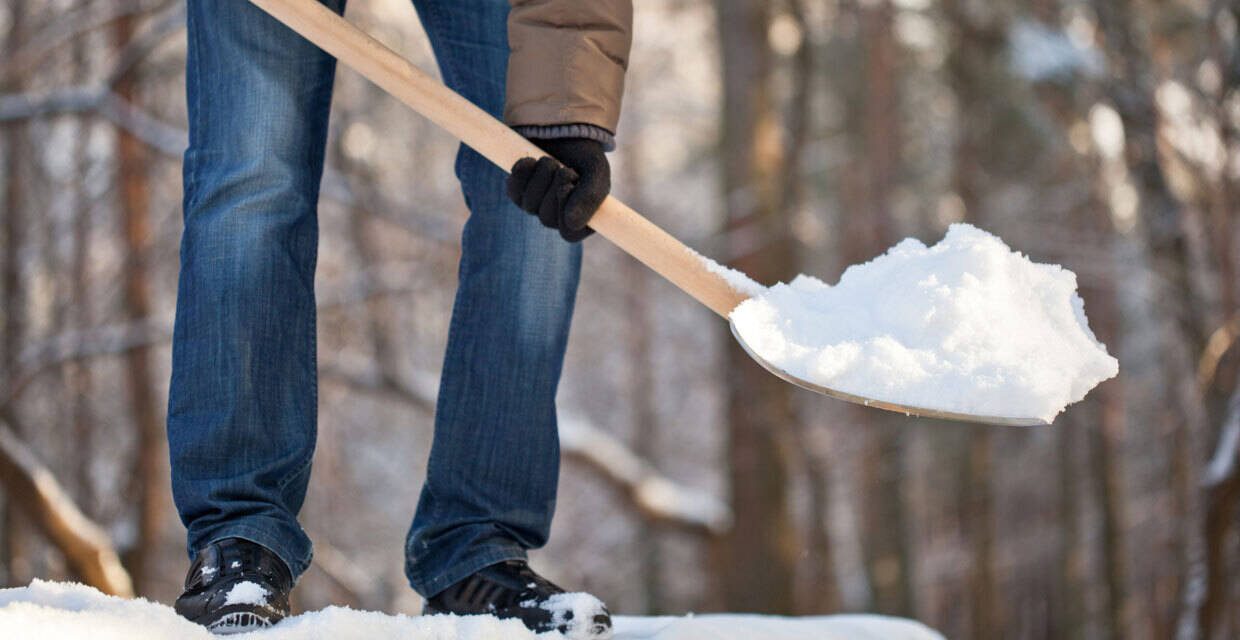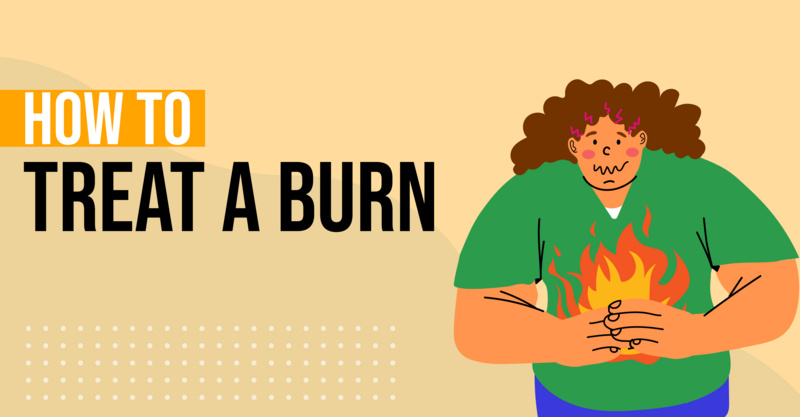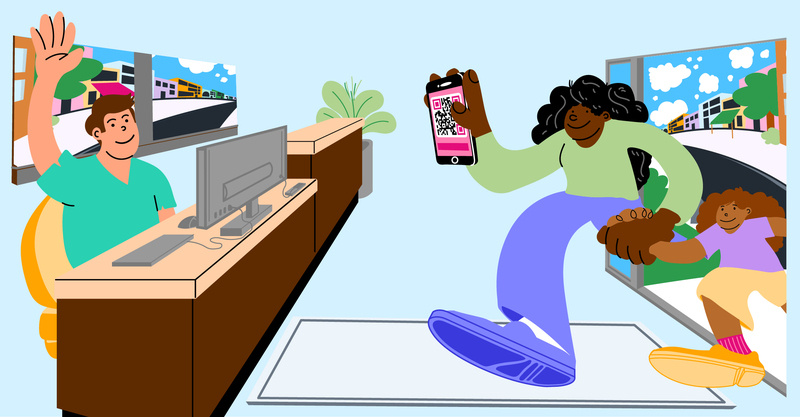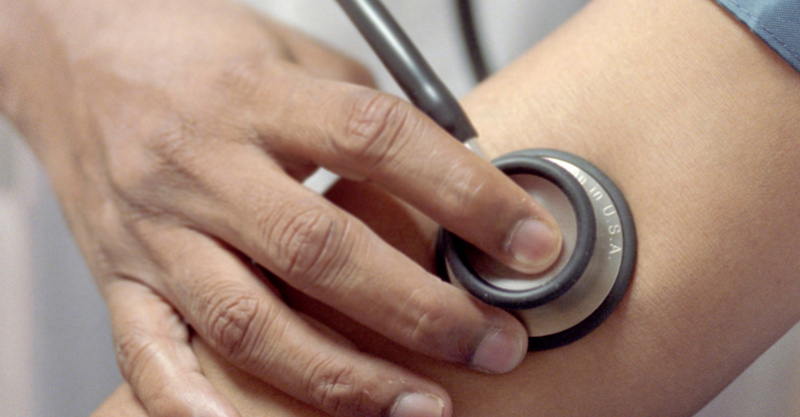Key Points
- The article emphasizes the importance of safety while shoveling snow, particularly for those over 40 or with health conditions, as the activity can be strenuous and potentially harmful.
- It provides tips on how to shovel properly to avoid injury, such as not lifting large amounts of snow at once, bending at the knees, shoveling when the snow is fresh, and stopping if you feel exhausted.
- The article suggests planning your snow removal strategy in advance, including determining where to place the snow, working in small areas, not letting piles get too high, and considering asking for help.
- Snow shoveling can be a good form of exercise, but even those who are physically fit should take care to avoid injury, with the article recommending tips from Spine-Health on proper posture and equipment use.
- For larger areas, the article recommends considering snow removal equipment such as snow blowers or plow attachments for ATVs, but emphasizes the importance of following instructions and maintaining the equipment properly.
Emergency departments and urgent care centers are full of
enthusiastic folks that tackle snow shoveling the wrong way. Before you
grab your coat and head out to rid your sidewalks and walkways of all
that winter white, there are some things to keep in mind to ensure you
aren’t injured while shoveling.
Age and Health Matters
The National Safety Council says if you are over 40 years of age and are relatively inactive, you should be “especially careful.” Those with heart conditions should ask their physicians if snow shoveling is an activity they can perform.
Because all that bending, lifting and scooping can be strenuous, if your health is poor, avoid the activity altogether and seek out a friend or family member to do the job. Otherwise, you may end up in a retail clinic that offers emergency care.
How You Shovel Is Important
Some of the ways to avoid back and other muscle injuries when shoveling snow include:
- Don’t pick up large amounts of snow at one time.
- Bend at the knees with your back straight while shoveling.
- Shovel snow when it’s fresh and newly fallen -- it’s easier to move.
- Push snow into piles if you can instead of lifting.
- Don’t keep shoveling if you feel exhaustion setting in.
Shoveling the right way will lessen the chance you’ll need to seek out help from an urgent care clinic.
Plan Your Snow Attack
Clearing your car, sidewalk and driveway after snowfall are must dos but before you begin, develop a snow removal plan.
Popular Mechanics offers a good plan outline:
- Determine the exact location you want the snow to go before you start shoveling.
- When seeking a location, make sure it’s the shortest distance you can find.
- Work in small areas and push snow to the final destination.
- Don’t let piles get too high -- head to the finish point and level off the top.
- Clean cars off first so you don’t have to go back and shovel cleared driveways again.
- Rest frequently, especially if you have a big job ahead of you.
- Consider asking family members or friends to help.
Remember, you don’t have to make it perfect and overdoing could land you at a retail clinic where family care doctors may have to treat you for exhaustion or injuries.
Use Shoveling to Exercise
Those who exercise frequently can skip a trip to the gym or a daily workout by participating in snow removal. Shoveling not only burns a lot of calories, it’s also a great cardio activity. Even the best athletes can still get injured while snow shoveling. Spine-Health offers tips on how to remove snow including posture tips and using the right equipment.
Consider Snow Removal Equipment
If you have large areas to deal with, you may want to invest in a snow blower. Those with ATVs may consider attaching a plow to the front to clear long driveways or roads.
If you do buy or install snow removal equipment, make sure you follow the instructions on using machinery and keep the equipment maintained.
Snow is beautiful
when it’s falling and the blanket it leaves behind is breathtaking.
Shoveling, however, is something many of us must do depending on where
we live. Stay safe by practicing these tips and you’ll avoid injury and
the job will flow as planned.
Frequently asked questions
Who should be especially careful when shoveling snow?
The National Safety Council advises that individuals over 40 years of age who are relatively inactive should be especially careful when shoveling snow. Those with heart conditions should consult their physicians before engaging in this activity.What are some precautions to take to avoid injury while shoveling snow?
Some precautions include not picking up large amounts of snow at once, bending at the knees with your back straight, shoveling fresh and newly fallen snow as it's easier to move, pushing snow into piles instead of lifting, and stopping if you feel exhaustion setting in.How can I plan my snow removal effectively?
Before you begin, determine where you want the snow to go, ensuring it's the shortest distance possible. Work in small areas, pushing the snow to the final destination. Don't let piles get too high, level off the top when necessary. Clean cars off first to avoid re-shoveling cleared driveways. Rest frequently and consider asking for help if the job is big.Can shoveling snow be considered a form of exercise?
Yes, shoveling snow can be a form of exercise. It burns a lot of calories and is a great cardio activity. However, even those who exercise frequently should still take precautions to avoid injury.What kind of equipment can be used for snow removal?
For large areas, a snow blower can be a good investment. If you have an ATV, you might consider attaching a plow to the front to clear long driveways or roads.What should I do if I decide to use snow removal equipment?
If you decide to use snow removal equipment, it's important to follow the instructions on using the machinery and keep the equipment maintained to ensure safety and effectiveness.What should I do if my health is poor but I need to clear snow?
If your health is poor, it's recommended to avoid the strenuous activity of shoveling snow and seek help from a friend or family member to do the job.What could happen if I overdo snow shoveling?
Overdoing snow shoveling could lead to exhaustion or injuries, potentially requiring treatment from healthcare professionals at a retail clinic.










